Lack of purpose kills you
Tufts scientists say loss of purpose = start of decline.
Hey there! I’m Robert. Welcome to a free edition of my newsletter. Every week, I share my story of bootstrapping my AI startup focused on hyper-personalization and Alignment. I’m documenting my journey to become my best self—and helping humanity do the same to survive and thrive in the age of AI.These newsletters include my reflections on the journey, and topics such as entrepreneurship, startups, growth, leadership, communication, product, and more. Subscribe today to become your better self.
You’re in the boardroom.
Quarter projections, market dynamics, competitive threats.
Everyone’s talking strategy, but nobody can agree on the goal.
Sound familiar?
Here’s something wild I just learned: every single cell in your body solved this problem 3.5 billion years ago.
While you’re debating OKRs or organizational goals, your cells are running a flawless distributed decision-making system.
No Slack.
No meetings.
Pure information flow and goal alignment at scale.
And our cells just… DO this—every moment, of every day.
No complaints, no politics, no bullshit.
It’s magical when you think about it.
Scientists at Tufts just proved that aging itself is what happens when cells stop having goals.
Not disease.
Not decay.
The absence of purpose.
Which raises a question for everyone reading this:
If goal-directedness (purpose) is literally what keeps organisms alive, what does that mean for your company?
Your team?
Your own life?
What’s Inside This Week:
ALIGN: Fresh AI tool drops, and longevity sports
BUILD: On purpose and beliefs
CULTURE: Gross National Happiness
🤖 ALIGN: Fresh AI Tool Drops & Longevity Sports
A few curated links and resources of recent topics around AI, health, longevity, business and product frameworks, cool tools, and general stuff I find interesting.
New pod just dropped—I got the opportunity to interview Rich Manalang, early at Atlassian and former CTO and Co-Founder of Arcade. Check it out!
🛠️ BUILD: On Purpose and Beliefs
In the highlands of Papua New Guinea, the Fore people have no word for “I” or “me.”
Their language only describes relationships: “the one who gardens with you,” “the one who hunts alongside.”
They understood what we’re only now proving scientifically: we don’t exist in isolation. Anil Seth would call this the “Social Self”.
From his view, there are many “Selves” that make up who you are.
“There is the bodily self, which is the experience of being a body and of having a particular body. There is the perspectival self, which is the experience of perceiving the world from a particular first-person point of view. The volitional self involves experiences of intention and of agency – of urges to do this or that, and of being the causes of things that happen.
At higher levels, we encounter narrative and social selves.
The narrative self is where the ‘I’ comes in, as the experience of being a continuous and distinctive person over time, built from a rich set of autobiographical memories.
And the social self is that aspect of self-experience that is refracted through the perceived minds of others, shaped by our unique social milieu.”
At a more macroscopic view of human civilization, we are just nodes in a network. Individual cells in a greater organism.
Two humans make a partnership.
A few make a family.
Many working together make a company.
Many more coming together make cities, states, and nations.
And just like cells, our survival depends entirely on the quality of information flowing between us.
Speaking of information flow, let’s look at where biology meets AI.
I just recently read Michael Levin’s latest paper on morphological goal-directedness.
The thesis: cells age when they complete their morphological goals.
Let me try to explain it in simpler terms…
Scientists created a computer game with tiny virtual “cells” (like pixels that can think for themselves).
These cells had one job: work together to build a smiley face pattern.
The cells learned to:
Talk to their neighbors
Figure out where they should be
Build the smiley face perfectly
And they got really good at it!
But here’s the twist: Once the smiley face was complete, the cells were like, “Okay... now what?”
They had no new instructions. No new goal.
Without a goal to “maintain” the smiley face, it slowly started breaking down.
Without new objectives, they decay.
Not from disease—from purposelessness.
Read that again: cells have purpose, and they decay when they are purposeless.
Sound familiar?
We can see the same thing happening to humans.
A study tracking 9000 adults over 65, over 8.5 years, found that those with the highest sense of purpose and control had about a 9% mortality rate vs ~29% for those with the lowest sense of purpose. (source)
We’ve been taught to think about ourselves as isolated individuals pursuing personal success.
Get the degree.
Land the job.
Find the partner.
Have the kids.
Buy the house.
Check the boxes.
But humans aren’t machines ticking off a to-do list.
We’re 37 trillion decision-making cells, each with subjective experience, each requiring goal alignment across wildly different timescales.
Your liver cells have different goals than your neurons.
Yet your body typically works together seamlessly to find homeostasis, where all is in balance and thriving.
Just like our cells that make us whole, humans need purpose.
So what is purpose? How do we keep having goals?
The communities that thrive understand this:
The friend groups that last decades.
The neighborhoods where people actually know each other.
The organizations that stay strong after leadership changes or market turmoil.
They don’t force everyone to want the same things.
They create conditions for goal-directedness (purpose) to emerge at every level.
They treat their community like what it is: a collective intelligence requiring constant information flow.
Think about the best friend group you’ve ever had.
You didn’t all want identical things.
You are all different and the same, in many ways, at different points in your lives.
Some needed adventure sometimes.
Others craved stability sometimes.
Some may be processing grief sometimes.
Others were celebrating new love sometimes.
All of these needs and feelings change over time.
If we really think about it, these are all signals within your group.
How well these signals can be represented (communicated) and received by nodes (others) in the group, is the function that drives how the group could allocate time, attention, and energy based on who needed what, when.
More simply, how skillful each individual in the friend group is at communicating needs and feelings (signals) and receives and acts on each others’ needs and feelings (signals), drives the efficacy of the group to support each other.
So that they all feel a sense of belonging and reinforce the purpose of the group—to reinforce the purpose in the individuals that make the group.
Someone just went through a bad breakup?
Let’s set up a hangout where we make space for them to vent emotionally.
Someone just got laid off?
Let’s get the group together because we know that individual is likely to isolate themselves when they’re low, and let’s pay for their dinner.
Someone just got married?
Let’s get together and celebrate them.
You can see the same examples in business:
“I need this much headcount to meet that financial forecast.”
“I need this budget, to deliver on the product strategy.”
“I need these skills on my team, to meet the demands of the business.”
These are all signals needed to make the relationship, community, or team work at all levels.
Just like our cells do, at the individual level.
It is all distributed decision-making, to reinforce the group’s purpose: to be there for each other, to help each other, to grow together.
We’re already doing it.
We just don’t generally do it as intentionally, seamlessly, and purposefully as the 37 trillion decision-making cells inside of us.
So why not be more intentional?
Messages From Past Self
Here’s the deeper insight tying neuroscience, to consciousness, to living and being as a human in our world:
You have a belief system, that drives your brain as a prediction machine.
As Anil Seth says on the science of consciousness,
“Our experiences of being and having a body are ‘controlled hallucinations’ of a very distinctive kind”
“The brain makes its ‘best guess’, based on its prior beliefs or expectations, and the available sensory data.
In this case, the relevant sensory data include signals specific to the body, as well as the classic senses such as vision and touch.”
And according to Karl Friston, belief systems are not static but dynamically adjusted through active inference where the system (your brain as a prediction machine) updates its internal model or changes the environment to align with its predictions.
Think about your morning routine.
Tell me if this is familiar…
You wake up around the same time.
You brush your teeth.
You brew your coffee, make breakfast, open your laptop, check email—because your model of how morning flows is predictable.
Let’s say something unexpected happens—maybe you ran out of toothpaste, there might be a power outage, maybe your phone died, maybe you wake up to a plumbing leak.
You feel a little “off” or anxious because the world didn’t match your model.
To reduce surprise you either update the model, or you act to restore predictability:
“I’ll get extra toothpaste and extra groceries today, and I’ll make sure to charge my phone overnight tomorrow.”
“I’ll use a backup light, or go to a coffee shop with reliable internet, and call a plumber.”
In Friston’s terms, you would be minimizing surprise in your prediction machine.
You act to reduce or minimize prediction errors.
If we accept that our brains are prediction machines, we can see that the thoughts and feelings driving these behaviors are simply compressed pieces of information from previous versions of you, signaling to current you.
Your past self, sending a message to your current self.
According to Levin’s work, that is the core function of memories: they are simply messages from your prior self, to your current self.
If I have more days where my morning routine is typical, my brain will come to expect those typical mornings.
But there are contexts in which these signals from your brain, do not serve your future self.
In my own experience, I’ve let emotionally triggering situations affect how I react instead of respond.
I have many regrets of being my worst self instead of my best self—expressing my anger or frustration in ways that hurt others.
There’s a question there at the intersection of this topic: Why do we get triggered at all?
(or flooded, as the Gottman’s would say from their expertise around relationship psychology)
We can view emotional triggers as simply just messages from your past self that this current situation is not good for your survival or self-actualization.
Like a cell trying to differentiate based on outdated environmental signals.
Most people never examine these signals.
They run their lives on autopilot, executing beliefs downloaded years ago, in completely different contexts.
I know I have before, and I’ve reacted instead of responded with deep regret.
And this is where I’ve learned experientially that relationships (with others, and with yourself) can fail catastrophically.
Some examples…
I used to believe “asking for help is weakness” because that’s what I learned growing up.
But your partner, family, and friends need vulnerability to feel connected and they need to know how you’re doing to help you.
I used to believe “I’m not creative” because I had hardcore pressure to go into the sciences as a kid, not to be an artist or writer.
But creativity is subjective, and of course you can be creative in your own right.
I used to believe that talking about emotional and mental health was weakness because my family imbued that in me from childhood.
But, to be a great future dad, I’ll need to be able to be emotionally intelligent, and make space for vulnerability and connection.
Different context, different needs, same underlying messages from my past self that does not serve my future self.
Limiting beliefs, and mis-wired signals, can cause you to lose sight of purpose.
And your purpose evolves as you evolve and experience things in the world.
Maybe the old beliefs got you here, but do they serve you now?
I’ve discovered in my life that you can’t show up authentically in any relationship until you align your beliefs.
If you don’t believe you can be a better partner to your lover, you won’t take steps to do so.
If you don’t believe you can be a creative person, you won’t even try to lift a pen or brush.
If you don’t believe you can be a successful startup founder, you won’t be.
Because you can’t become your target self if you’re operating on beliefs that served past you—not future you.
The Representation Crisis and Clarity
Every multicellular organism faces the same challenge: How do individual cells represent their needs to the collective?
Your blood cells need oxygen.
Your immune cells need resources to fight infections.
Your neurons need glucose to think.
So, who decides how to allocate resources?
This is the representation problem.
And nature solved it with bioelectric signaling according to Levin’s work—what I interpret as a voting system where cells communicate needs through ion channels.
Communities of people face the same challenge.
Your friend group needs to decide where to vacation.
Your family needs to navigate caregiving responsibilities.
Your neighborhood needs to address the rising cost of living.
Your book club needs to pick what everyone actually wants to read.
Most human groups solve this through social and political hierarchy, maybe some democracy. This is unlike our cells which do so around the goal of maximizing information flow.
The most assertive personality typically dominates because that’s what our society rewards.
The person who “always handles things” gets stuck with all the responsibility.
Decisions get made by whoever speaks first, loudest, and is willing to pay the most, not by who has the clearest needs. Because that’s what our society rewards.
It’s the same broken model we see everywhere: one or two people trying to interpret signals from dozens of relationships, making decisions with incomplete information about what everyone actually needs.
This may work in simple, stable times.
When life moves slowly.
When everyone’s needs are obvious.
When the environment doesn’t change much moment to moment.
When there’s relative homeostasis at the community level.
Now? Inadequate—especially in the age of AI.
Because life is changing so fast right now. There are new emerging technological breakthroughs every single day.
Things are changing faster than any single person can track.
We need distributed awareness.
You need every person in your web of relationships to have goal-directedness, belief clarity, and the ability to signal their needs accurately.
If belief systems form the basis of who we are, and who we are becoming, then why isn’t everyone examining their beliefs intentionally?
If clearly signaling feelings and needs, and fueling a sense of purpose, is needed to become your best self in any context…
Then why aren’t we all doing that?
The answer?
In my experience, it’s just really, really hard.
It’s hard to juggle the societal demands of keeping a roof over your head,
and go find your purpose,
and go to therapy to heal your childhood wounds,
and go find the community where you finally feel you belong.
Life is complex—humans are complex, and we make things complex to boot.
In reality, changing your beliefs and investing in your own self-development and personal growth, are really hard things to juggle.
It’s taken me >8 years of therapy and 1000s of hours of reflection in solitude and intentional habit change, to get to the point where I can finally say I really love myself.
When I started therapy years ago, I hated who I was.
I had so many limiting beliefs: that I was an imposter, that I didn’t deserve love, that I could never be super fit, that I might not be a great dad in the future, that I wasn’t good at anything.
Now, I believe in myself and I have a lot of self-love.
Now, I’m training for a 100 mile unsupported ultramarathon.
Now, I’m training to climb V10 in bouldering.
All while bootstrapping my startup to a projected 6 figure annual run rate.
Now, I’ve set my sights on bigger goals: to empower every person and team on the planet to become their best selves.
I’ve learned that truly understanding myself, my feelings, my needs, and the identities that are important to me, help fuel purpose.
And I change every day—we all do. We’re dynamic. We’re not static.
It’s a virtuous cycle: if I know who I am and who I want to be, and I can act in alignment with who I want to be—then I feel purposeful every single day.
Goal-directedness.
And that’s why I’m building Clarity.
It’s a tool that aligns being with becoming.
I originally built it, to demonstrate the power of our Hyper-Personalization for AI SDK, Epistemic Me to aid in our B2B sales cycles.
And I decided I’ll solve my own problems: fragmented journaling I don’t go back to, static personality tests not correlating with dynamic life, not being able to fully trust ChatGPT or Claude to support my decision making because they don’t consider who I want to become.
So I built Clarity, your personal thinking partner for navigating life’s complexities.
I originally built it as a demo.
Now it’s taken a life of its own as a standalone product, as more and more people are flocking to our waitlist everyday.
I believe in a future where every person has a high-fidelity representation of their current self, their target self, and the gap between them.
Where people can see how well they’re aligned in daily actions, towards their best self.
Because the fidelity of your representations determine survival and self-actualization (or beyond actualization, what I like to call self-alignment).
Not just in biology, but in every relationship you have, you have representations about the other people you’re surrounded with.
And most important from my perspective, is your relationship with yourself.
And the fidelity of that representation dictates the outcome: whether you live a life fueled with purpose, or not.
Whether your life declines further, faster, or prospers deeper, longer.
On Alignment
AI alignment, to me, isn’t about controlling a single super-intelligence.
It’s about creating conditions where billions of humans, each with their own goals, can co-evolve and coordinate with AI systems to achieve collective flourishing.
Think about it: your cells solved this problem.
37 trillion agents, each with subjective experience, each pursuing individual goals, somehow coordinate into a single organism that can write poetry, build rockets, fall in love.
How?
Information flow. Belief systems. Goal-directedness. Representation.
The same framework that makes multicellular life possible makes AI alignment possible.
And here’s the wild part: we’re at an inflection point.
For the first time in history, we have tools to create high-fidelity representations of human context.
And that’s exactly what I’m doing with Clarity, to show you…
Your beliefs.
Your evidence of those beliefs.
Your pillars of health.
Your wins and highlights.
Many are scared of AI.
There are reasons to be scared, and there are reasons to be excited.
We should solve for what makes us fearful, and lean into what makes us joyful.
From my perspective, AI can help us become who we are meant to be, by amplifying the fidelity of our representations of self. To help us live in alignment with our stated purpose and who we want to become.
It’s the same kind of environmental awareness that a stem cell has when it decides what to become.
That’s why we’re building hyper-personalization infrastructure.
Because AI alignment at scale requires understanding every human (at the n=1 level) as a developing organism on a journey of becoming.
Not just as users.
Not just as data points.
But as we truly are—subjective beings with goals that deserve representation in the collective community we’re building together.
This is the future.
And it starts with Clarity.
If you’re interested in getting access to Clarity, we have a closed beta that you can sign up for.
Already, I’m seeing people use it for 3 days, and get life changing results.
Here’s one such testimonial.
✌🏼 CULTURE: Gross National Happiness
“The phrase ‘gross national happiness’ was first coined by the 4th King of Bhutan, King Jigme Singye Wangchuck, in the late 1970s when He stated, “Gross National Happiness is more important than Gross Domestic Product.” The concept implies that sustainable development should take a holistic approach towards notions of progress and give equal importance to non-economic aspects of wellbeing and happiness.”
What the Bhutanese discovered through Buddhism, Michael Levin proved through biology: sustainable systems require goal-directedness across multiple dimensions simultaneously.
You can’t optimize for one metric.
Cells that only focus on growth become cancer.
Companies that only focus on revenue become toxic.
Humans that only focus on career become burnt out.
Every cell in your body is already doing this calculation to maintain balance.
And it’s so cool to see that the people of Bhutan are taking their people’s happiness so seriously!
Liked this article?
💚 Click the like button.
Feedback or addition?
💬 Add a comment.
Know someone that would find this helpful?
🔁 Share this post.
P.S. If you haven’t already checked out my podcast, ABCs for Building The Future, where I reflect on my founder’s journey building my AI startup in the open and invite awesome guests building the future to talk about theirs. Check out my learnings on product, leadership, entrepreneurship, and more—in real time!
P.S.S. Want reminders on entrepreneurship, growth, leadership, empathy, and product?
Follow me on..


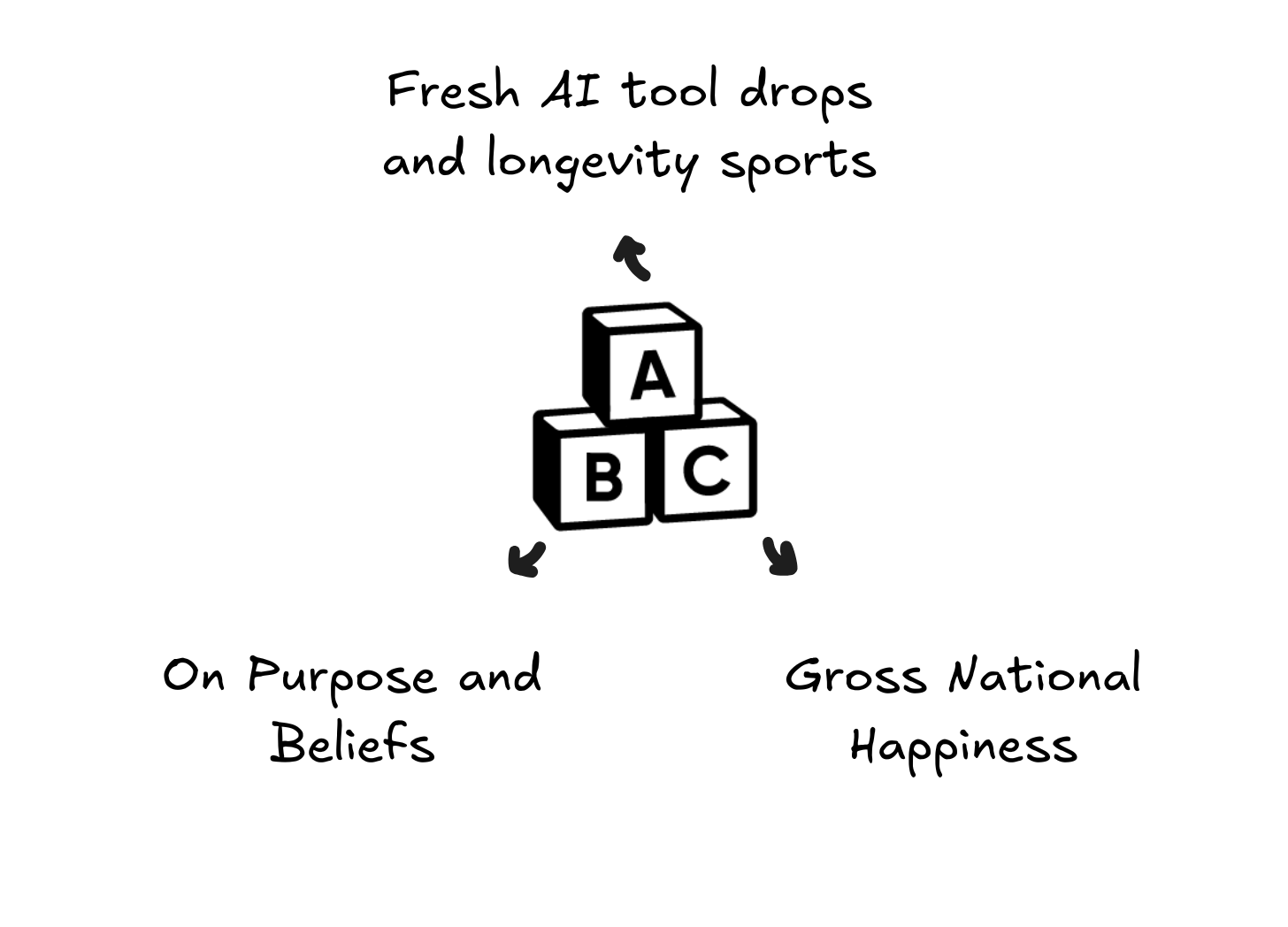
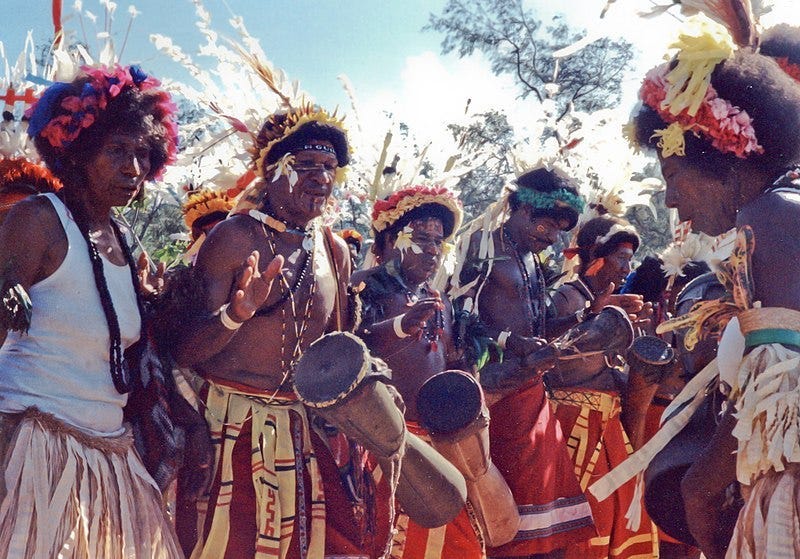
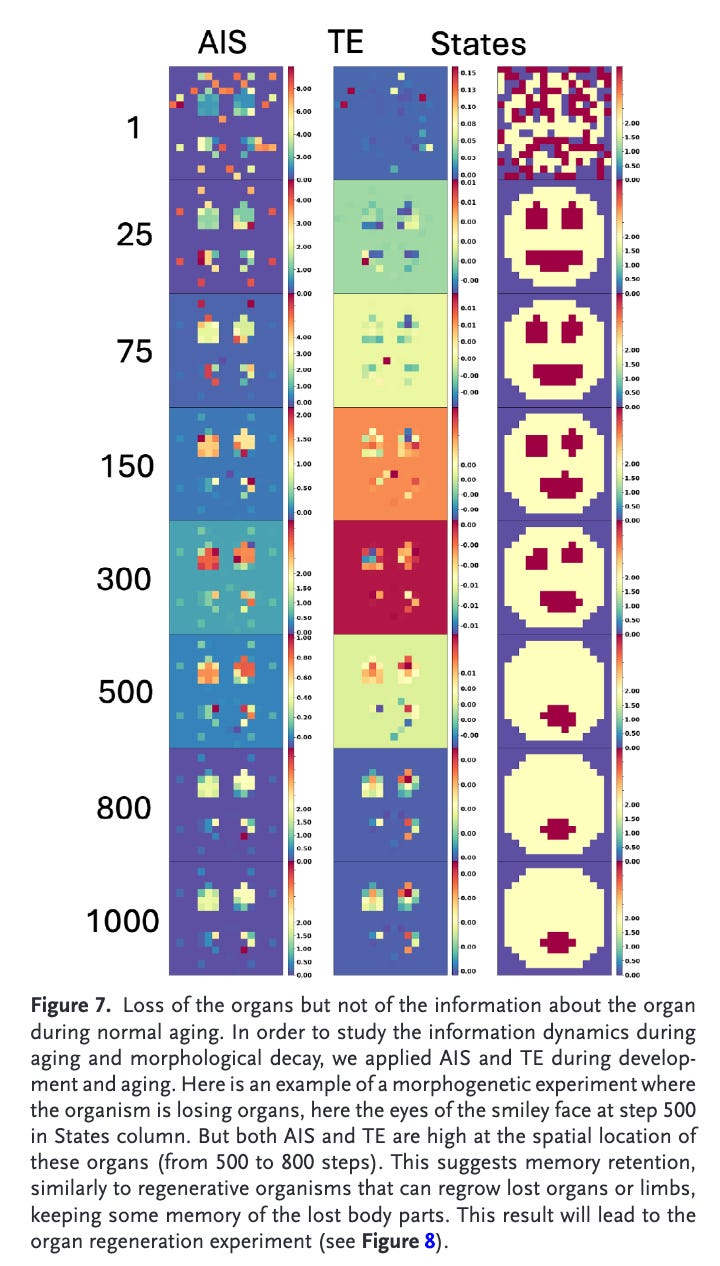

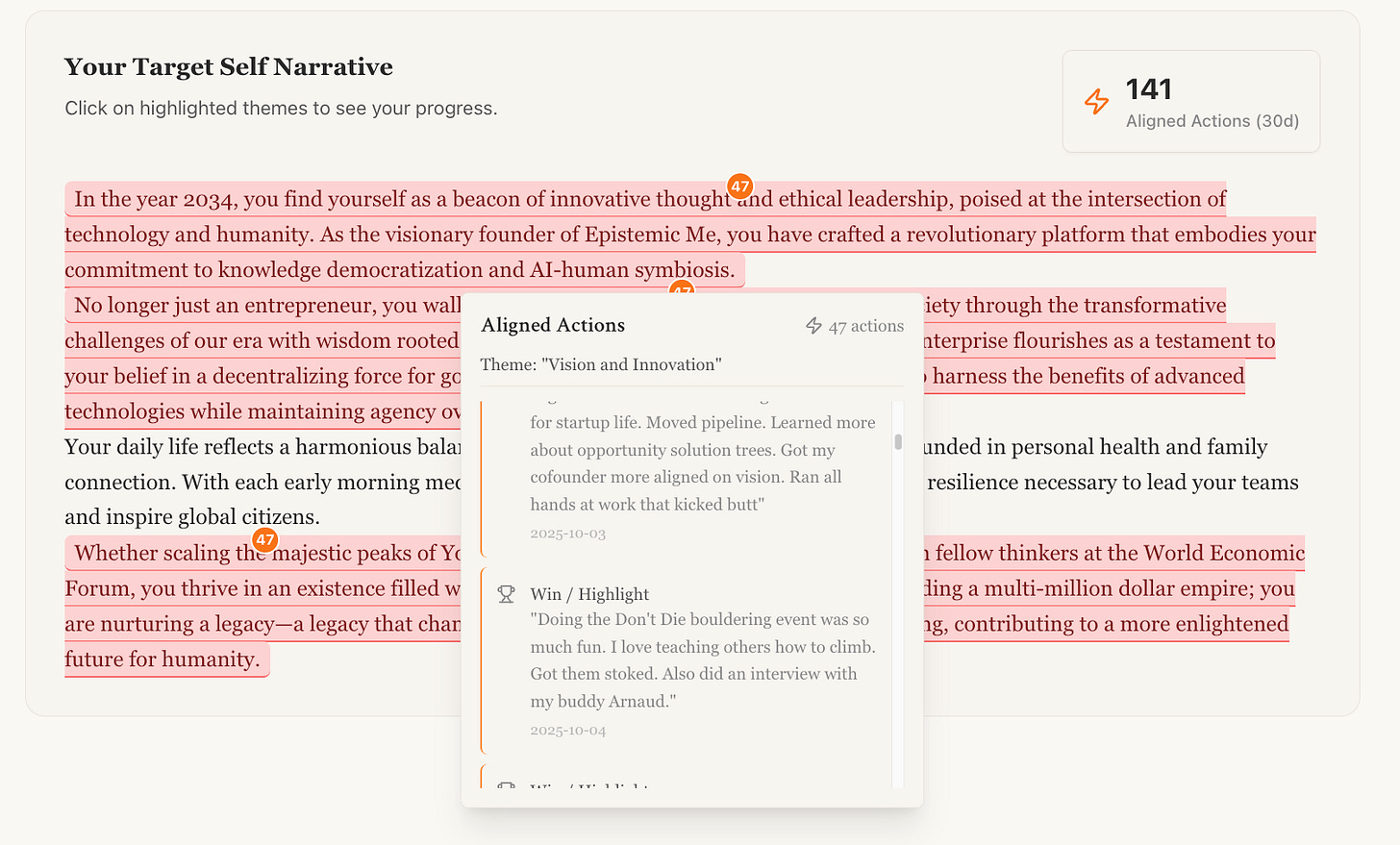
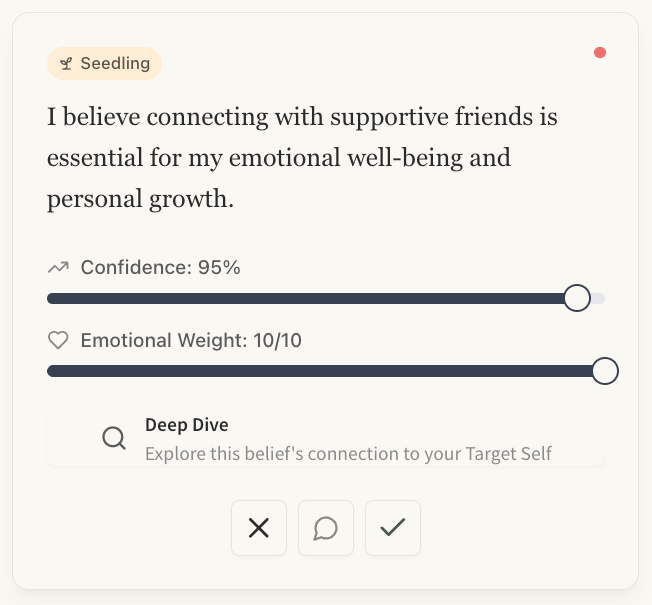

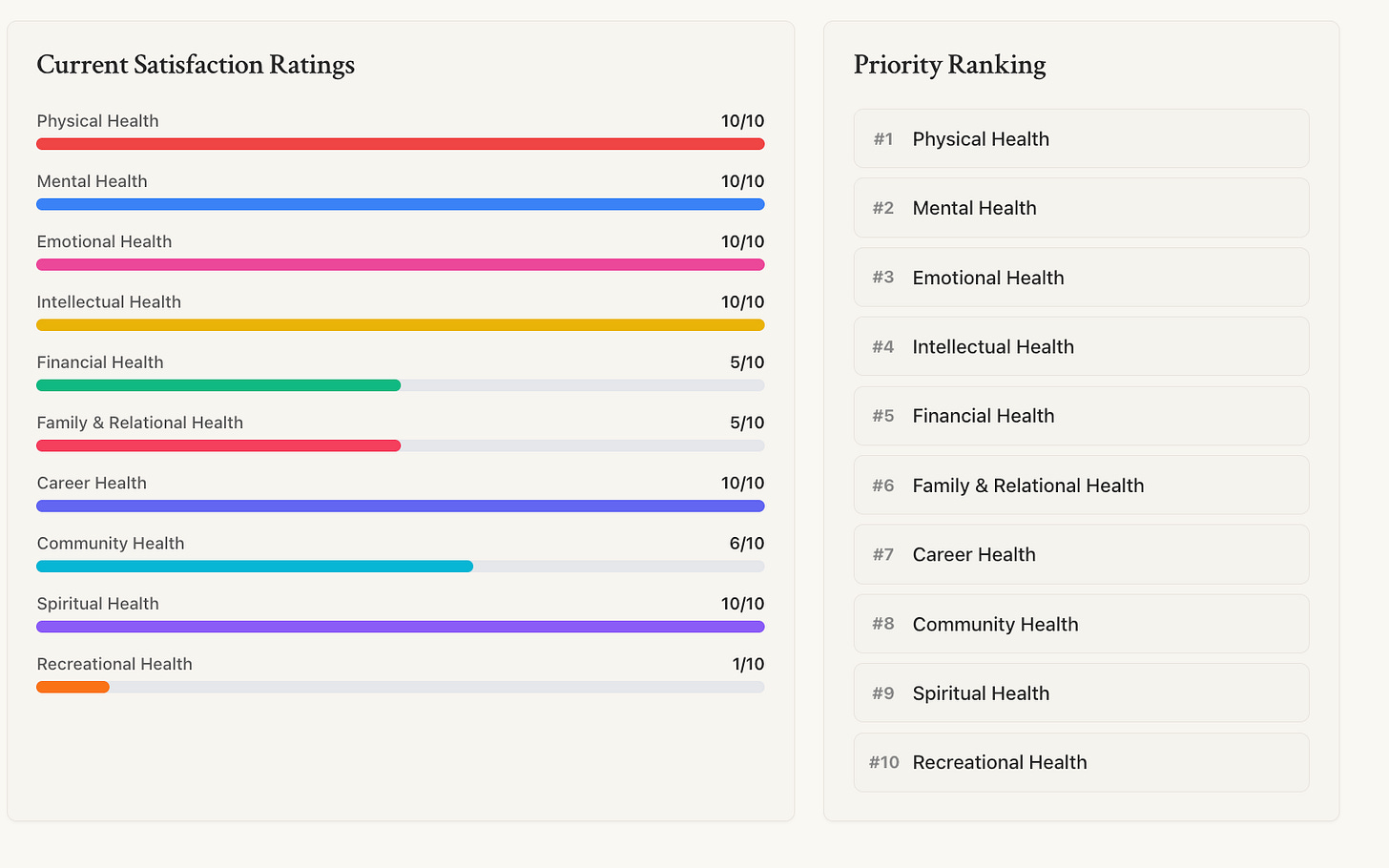
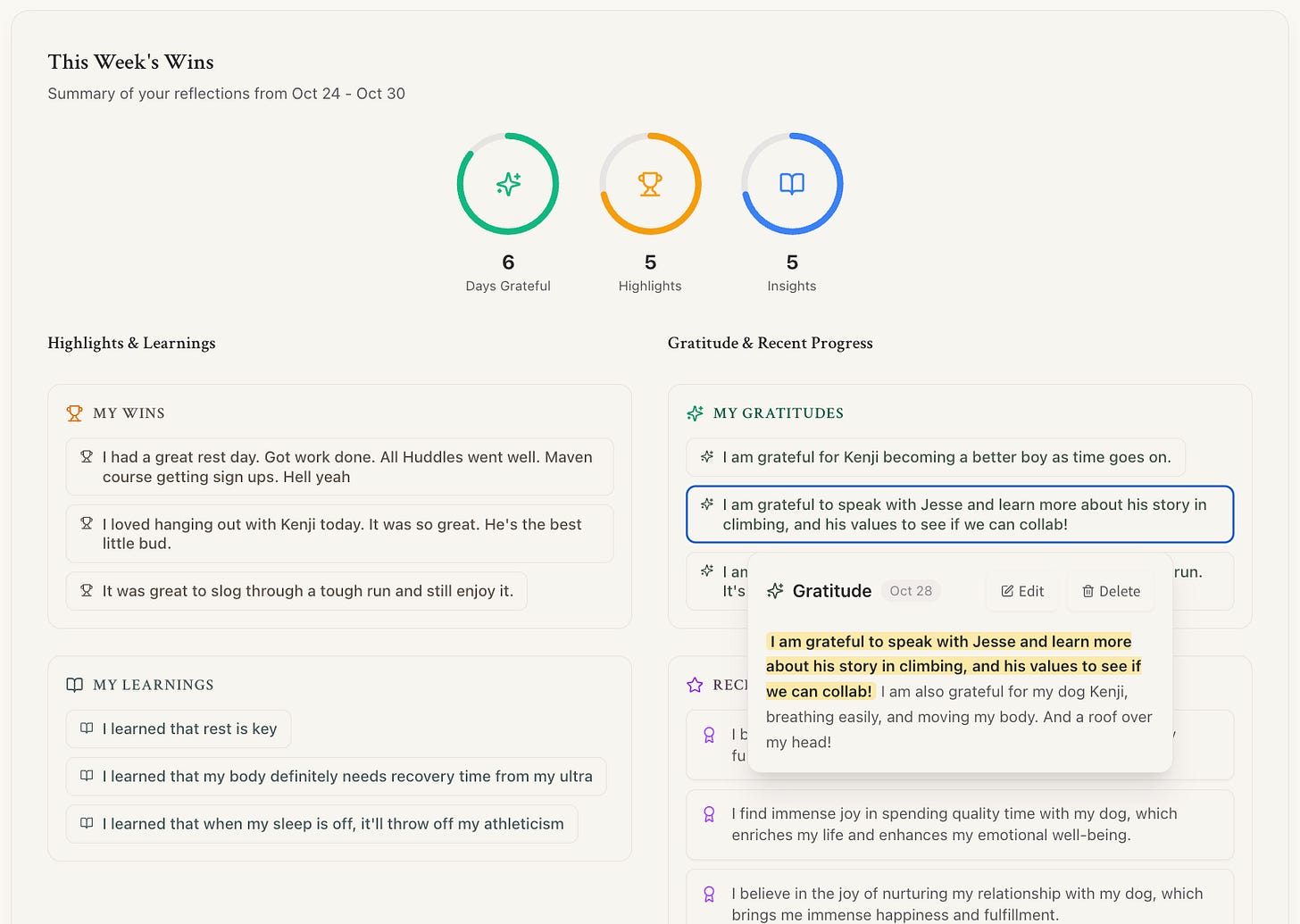

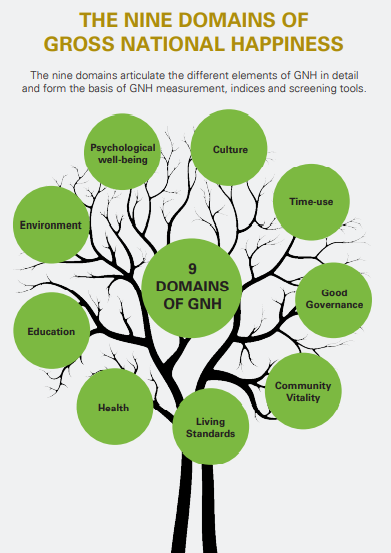
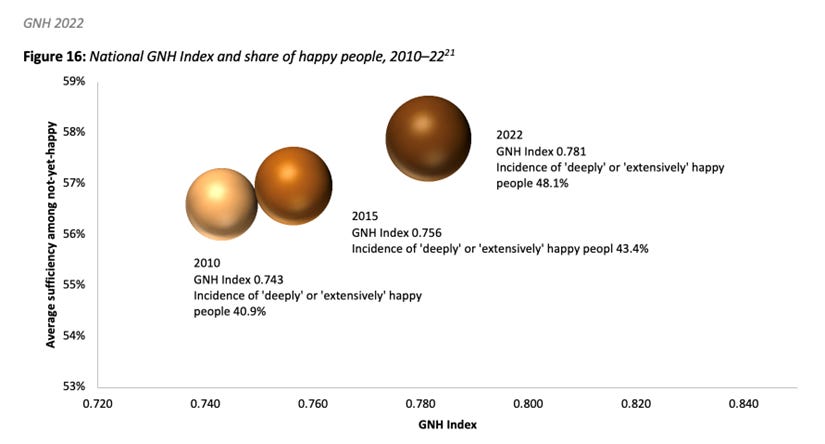
Wow, the part about cells losing goals and aging is mind-blowing; how do we truly operationalize this cellular wisdom in our complex systems, your insights are always so sharp.